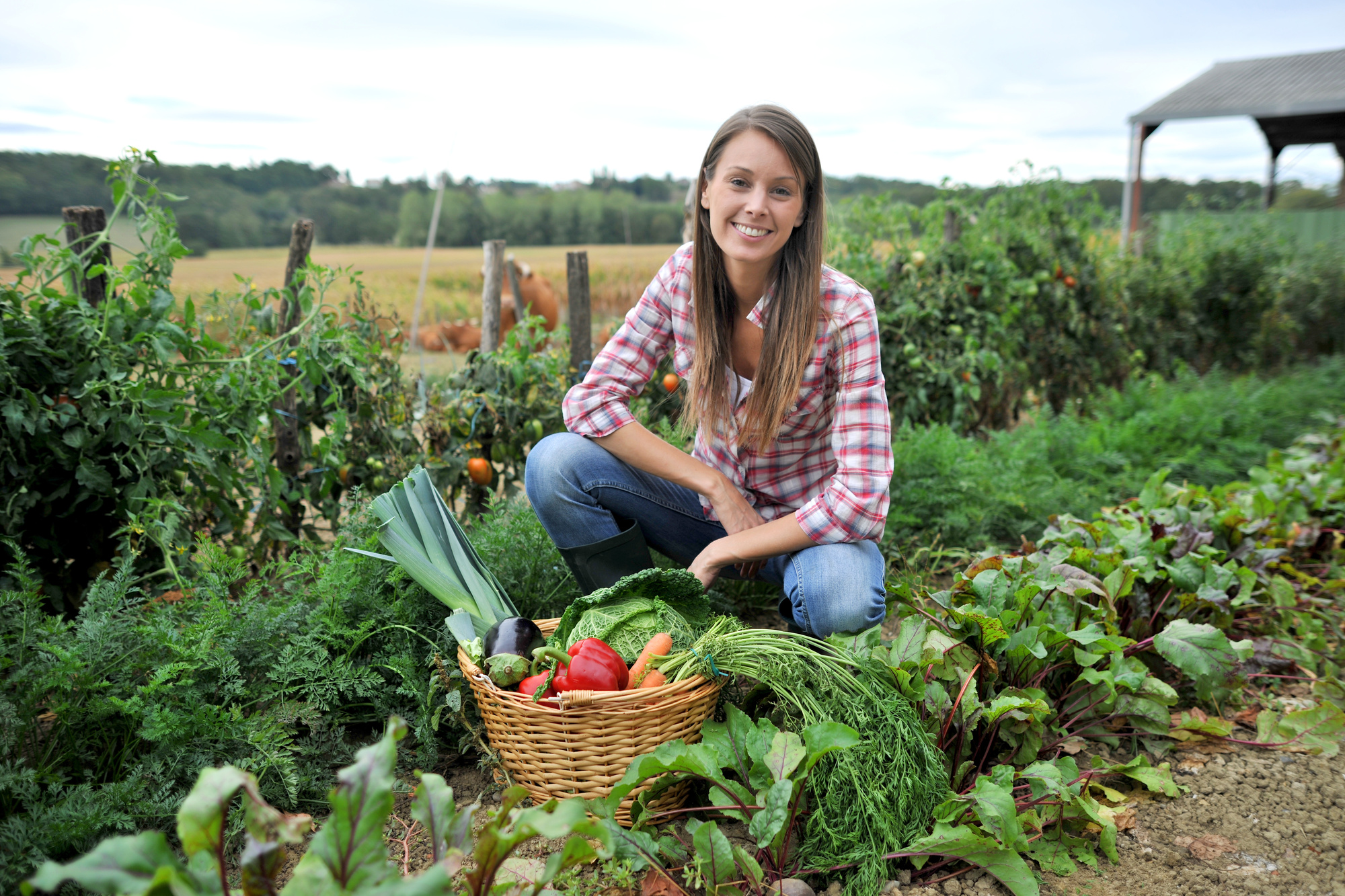Master Sustainable Gardening: Best Practices for Eco-Friendly Landscapes

In the heart of every gardener lies a desire to create a space that not only pleases the eye but also nurtures the environment. Sustainable gardening is more than just a trend; it's a philosophy that embraces the harmony between nature and human intervention. Imagine your garden as a living, breathing ecosystem where every element—from the soil to the plants—thrives in balance. This guide will walk you through the best gardening practices for sustainable landscapes, ensuring your garden is as eco-friendly as it is beautiful.
Understanding Sustainable Gardening
What is Sustainable Gardening?
Sustainable gardening is about creating a garden that is in harmony with the natural environment. It's about using best practices that conserve resources, protect wildlife, and promote soil health. This approach not only benefits the environment but also creates a healthier, more resilient garden.
Why Choose Sustainable Gardening?
Choosing sustainable gardening practices is akin to investing in the future. It reduces your carbon footprint, conserves water, and supports local ecosystems. Plus, it can save you money in the long run by reducing the need for chemical fertilizers and pesticides.
Best Practices for Sustainable Landscapes
1. Embrace Organic Gardening
Organic gardening is the cornerstone of sustainable landscapes. By avoiding synthetic chemicals, you promote soil health and protect beneficial insects and wildlife. Organic fertilizers, such as compost and manure, enrich the soil naturally, providing essential nutrients for your plants.

2. Water Conservation Techniques
Water is a precious resource, and sustainable gardening is all about using it wisely. Implementing water conservation techniques, such as rainwater harvesting and drip irrigation, can significantly reduce water usage. Mulching your garden beds also helps retain moisture, reducing the need for frequent watering.
3. Plant Native Species
Native plants are adapted to your local climate and soil conditions, making them more resilient and less demanding. They require less water and are often more resistant to pests and diseases. Plus, native plants support local wildlife, providing food and habitat for birds, bees, and butterflies.
4. Promote Soil Health
Healthy soil is the foundation of a sustainable garden. Practices like composting, crop rotation, and cover cropping can improve soil structure and fertility. Adding organic matter to your soil not only provides nutrients but also enhances its ability to retain water and resist erosion.
5. Eco-Friendly Landscaping Design
Eco-friendly landscaping design considers the natural environment and aims to minimize its impact. This can include using permeable paving to reduce runoff, creating wildlife habitats, and choosing plants that require minimal maintenance.
Implementing Sustainable Gardening Practices
Starting with Soil Health
The first step in sustainable gardening is ensuring your soil is healthy. Conduct a soil test to understand its composition and nutrient levels. Adding compost and other organic materials can improve soil structure and fertility.
Choosing the Right Plants
Selecting the right plants is crucial for a sustainable garden. Native plants are a great choice, but you can also opt for drought-tolerant and low-maintenance varieties. Consider the sunlight, water, and soil requirements of each plant to ensure they thrive in your garden.
Watering Wisely
Water conservation is a key aspect of sustainable gardening. Install a rain barrel to collect rainwater for your garden. Use drip irrigation systems to deliver water directly to the roots of your plants, reducing waste. Mulching your garden beds can also help retain moisture.
Managing Pests Naturally
Instead of relying on chemical pesticides, use natural methods to manage pests. Encourage beneficial insects, such as ladybugs and lacewings, by planting flowers that attract them. Use physical barriers, like row covers, to protect your plants from pests.

Composting for a Healthy Garden
Composting is a fantastic way to reduce waste and improve soil health. Start a compost pile with kitchen scraps, yard waste, and other organic materials. The resulting compost is rich in nutrients and can be used to fertilize your garden.
Conclusion
Sustainable gardening is not just a trend; it's a way of life that benefits both you and the environment. By embracing best practices for eco-friendly landscapes, you can create a garden that is beautiful, resilient, and environmentally friendly. From organic gardening to water conservation and promoting soil health, every step you take towards sustainability makes a difference.
So, are you ready to transform your garden into a sustainable oasis? The journey begins with understanding and implementing these best practices. Your garden will thank you, and so will the planet.
FAQs
-
What are the benefits of sustainable gardening? Sustainable gardening benefits include reduced water usage, improved soil health, support for local wildlife, and a healthier environment overall. It also saves money by reducing the need for chemical fertilizers and pesticides.
-
How can I start a compost pile? To start a compost pile, collect organic materials like kitchen scraps, yard waste, and leaves. Layer these materials in a bin or pile, ensuring a balance of green (nitrogen-rich) and brown (carbon-rich) materials. Keep the pile moist and turn it regularly to aerate it.
-
What are some water conservation techniques for gardens? Water conservation techniques include rainwater harvesting, drip irrigation, and mulching. These methods help reduce water usage and ensure that plants receive the water they need efficiently.
-
Why are native plants important for sustainable gardening? Native plants are adapted to local conditions, requiring less water and maintenance. They also support local wildlife, providing food and habitat for birds, bees, and butterflies.
-
How can I manage pests naturally in my garden? Natural pest management techniques include encouraging beneficial insects, using physical barriers like row covers, and rotating crops to disrupt pest life cycles. These methods help maintain a healthy ecosystem in your garden without the use of harmful chemicals.
0 Response to "Master Sustainable Gardening: Best Practices for Eco-Friendly Landscapes"
Post a Comment